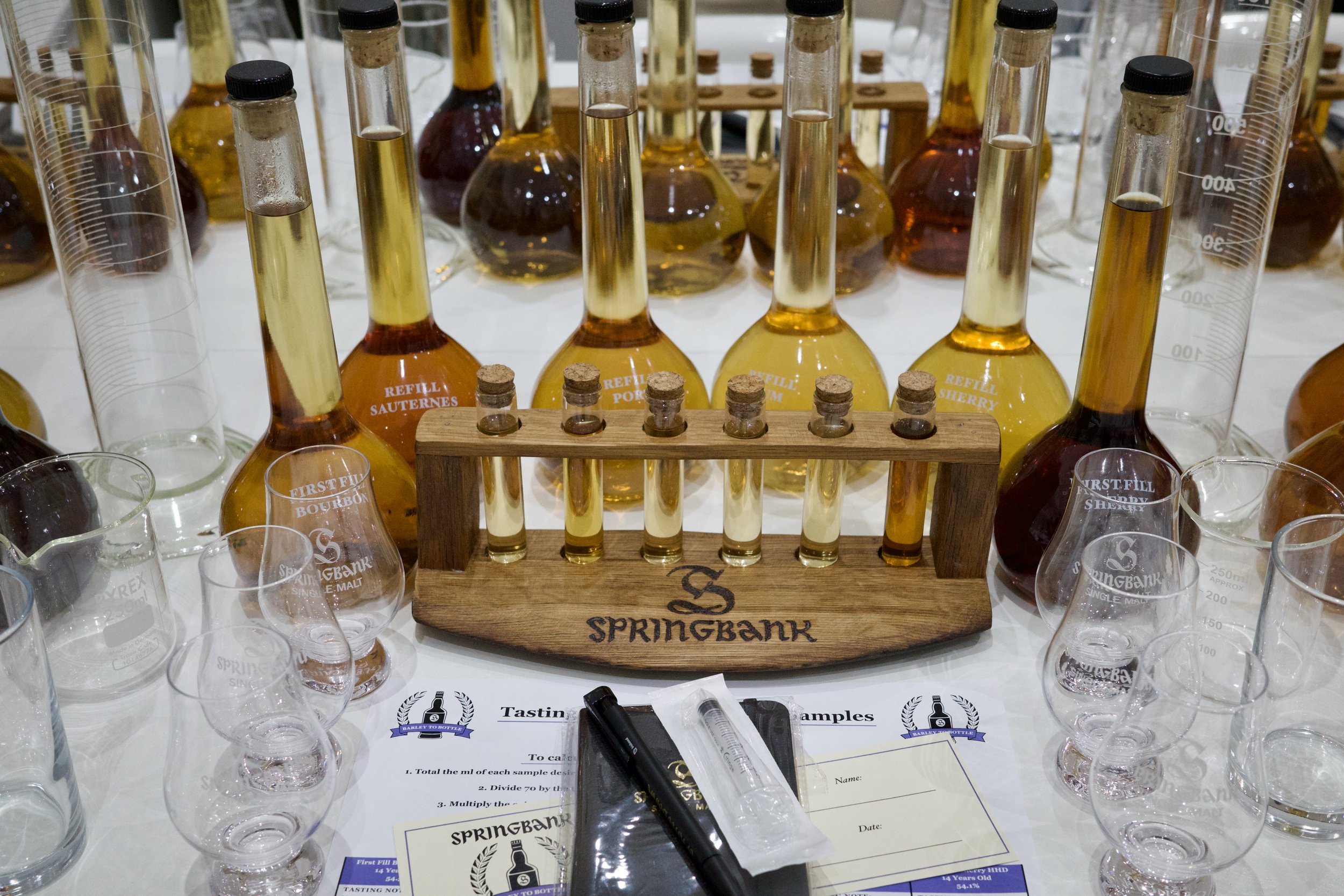Whisky Casks: More Than Scotch Maturation
In the last article (click here), we talked about the use of wood as part of an integral part of whisky making. In this article, Drinks Reimagined will go one step into a few topics on whisky casks. From traditional sherry and bourbon casks to the more unique variants, these wooden vessels are crucial in shaping the distinct flavors of your favorite single malt Scotch.
The Bruichladdich distillery warehouse, Islay, Scotland
The Maturation of Scotch: A Journey Through Time
If you are reading this article, you would likely know enough about scotch whisky making that the spirit needs to be matured in reused wooden casks for a minimum of 3 years to be legally called whisky. This requirement isn't arbitrary; it's steeped in history, originating from the Immature Spirits (Restriction) Act of 1915. This legislation, a response to concerns about the consumption of 'immature' spirits and general alcohol consumption especially with the backdrop of World War I, set the three-year standard that defines Scotch whisky today.
Historically, wooden casks were mere vessels; they were the primary means of storing and transporting whisky. The evolution of cask usage for aging whisky wasn't a deliberate choice but rather a serendipitous discovery. In the 19th century, merchants who bulk-purchased whisky and stored it in casks inadvertently found and marketed that the spirit improved over time. This realization marked a significant shift in the whisky production process, turning cask aging from a necessity to an art form, influencing the taste and quality of the whisky.
Age vs Quality: The Scotch Whisky Conundrum
A common question among whisky enthusiasts is whether older Scotch whisky equates to better quality. The answer is more complex than a simple yes or no. The type of cask used plays a crucial role in the whisky's flavor profile, significantly impacting its taste. The wood type and the previous contents of the cask can add desirable flavors or, in some cases, overpower the whisky with unwanted notes. The size of the cask also matters; smaller casks like the 18 gallons / 68 litre 'octave' accelerate maturation, risking an overpowering wood influence, while larger casks like the 130 gallons / 490 litre 'butt' impart flavors more slowly and subtly.
When selecting a whisky cask, there are several factors to consider, such as its size, previous use, and the number of times it's been filled. First-fill casks, used for whisky maturation for the first time after holding other spirits or wine, have a more pronounced influence on the spirit than casks that have been used multiple times. The character of the whisky distillate itself is also a crucial factor. The interplay between the cask and the distillate decides whether the final product will showcase more of the distillery's character or the cask's influence.
Common whisky cask sizes, an approximation
Embracing Unconventional Casks in Scotch Whisky Maturation
In the evolving world of Scotch whisky, the exploration of unconventional casks is a trend gaining momentum. Beyond the traditional sherry and bourbon barrels, whisky makers are increasingly experimenting with casks that previously held different spirits and wines. In our recent visit to Springbank Distillery blending lab, we were given whiskies matured in an array of casks including sauterne, port, and rum, as well as the more familiar bourbon and sherry casks.
Whisky blending at Springbank, Campbeltown, Scotland
This shift towards diverse cask types – encompassing port, rum, IPA, wine, and even tequila barrels – represents the age-old dilemma of tradition and innovation in the whisky industry. It's not just about seeking novelty but perfecting the art of maturation with these varied casks. As whisky enthusiasts, we're invited to embrace this innovation and explore the rich tapestry of flavors brought forth by these unique whisky casks in Scotch production.
Final Thought: Cask Away, Life After Whisky
The role of whisky casks extends beyond their primary function in maturing Scotch. From a sustainability perspective, it's reassuring to know that these casks can have a lifespan of over 50 years through proper use and refurbishment. Beyond their use in whisky maturation, these casks embark on a second life, contributing to eco-friendly practices. They often find new purpose as bespoke furniture pieces, showcasing their historical and aesthetic value. Additionally, in Scotland, they play a crucial role in the production of another famed export: smoked salmon, where their influence adds a distinct flavor to the delicacy.
Cask staves for sale at Glenfarclas, Speyside, Scotland
The increasing use of diverse casks for whisky maturation goes hand in hand with discussions about sustainable practices. We also know there are ongoing discussion like reviewing the exclusive use of new American white oak casks for bourbon and an increased focus on sustainable wood sourcing as part of a larger commitment to environmental stewardship within the whisky industry. Sustainability, or the sustainable use of wood goes far beyond what is discussed here, but the idea is that after this read, we hope everyone will appreciate and cherish the scotch whisky at hand just a little more.
A Mouton Rothschild wine cask at Bruichladdich. Possibly Dave’s : )






